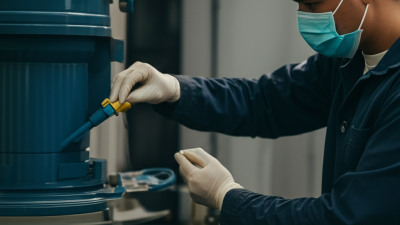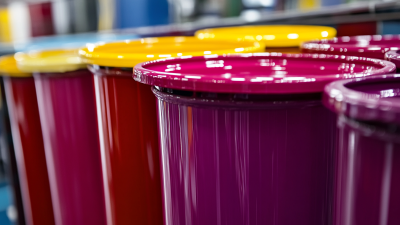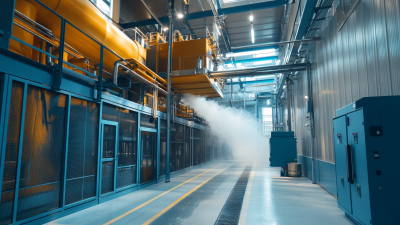Leave Your Message
-
Telephone
-
WeChat/ WhatsApp
-
Email
In today's competitive industrial landscape, the quest for durability, efficiency, and aesthetic appeal has led many manufacturers to explore advanced finishing techniques. One method that stands out is powder coating, a versatile and environmentally friendly finishing process that has gained significant popularity across various sectors. This comprehensive guide delves into the intricacies of powder coating, shedding light on its benefits, applications, and the technological advancements that are revolutionizing the way industries approach surface finishing. By understanding "what is powder coating" and its unique advantages, organizations can enhance their product quality, prolong lifespan, and ultimately achieve greater customer satisfaction. Join us as we unlock the myriad benefits of powder coating and explore how it can transform modern manufacturing practices.

Powder coating has evolved significantly since its inception, benefiting a wide range of modern industries. Understanding the origins and composition of powder coating is essential to appreciate its advantages. Typically, powder coatings are composed of a polymer resin, curing agent, and various additives, which contribute to their durability and aesthetic appeal. The process flow starts with the application of the powder on a substrate, which is then heated in an oven to cure, forming a robust finish. Recent studies have highlighted the role of surface compositional differences in influencing powder flow properties, shedding light on the cohesiveness of dry powders. For instance, materials like uniform-sized glass beads have been analyzed to understand better their bulk flow performance, revealing the relationship between surface chemistry and powder behavior.
In addition, the physicochemical characteristics of powders, including bulk and surface composition, play a crucial role in determining their application performance. A report examined thirty-six food powders with various physicochemical traits, illustrating how factors like median particle size and surface characteristics affect reconstitution behavior. This knowledge is pivotal as it allows manufacturers to refine their powder formulations for optimal application, ensuring consistent quality and enhanced functionalities. The developments in properties like heat resistance, as seen with innovative upconverting thermal history paints, further demonstrate how understanding powder characteristics can lead to advanced coatings capable of withstanding extreme conditions, underscoring the importance of ongoing research in this field.
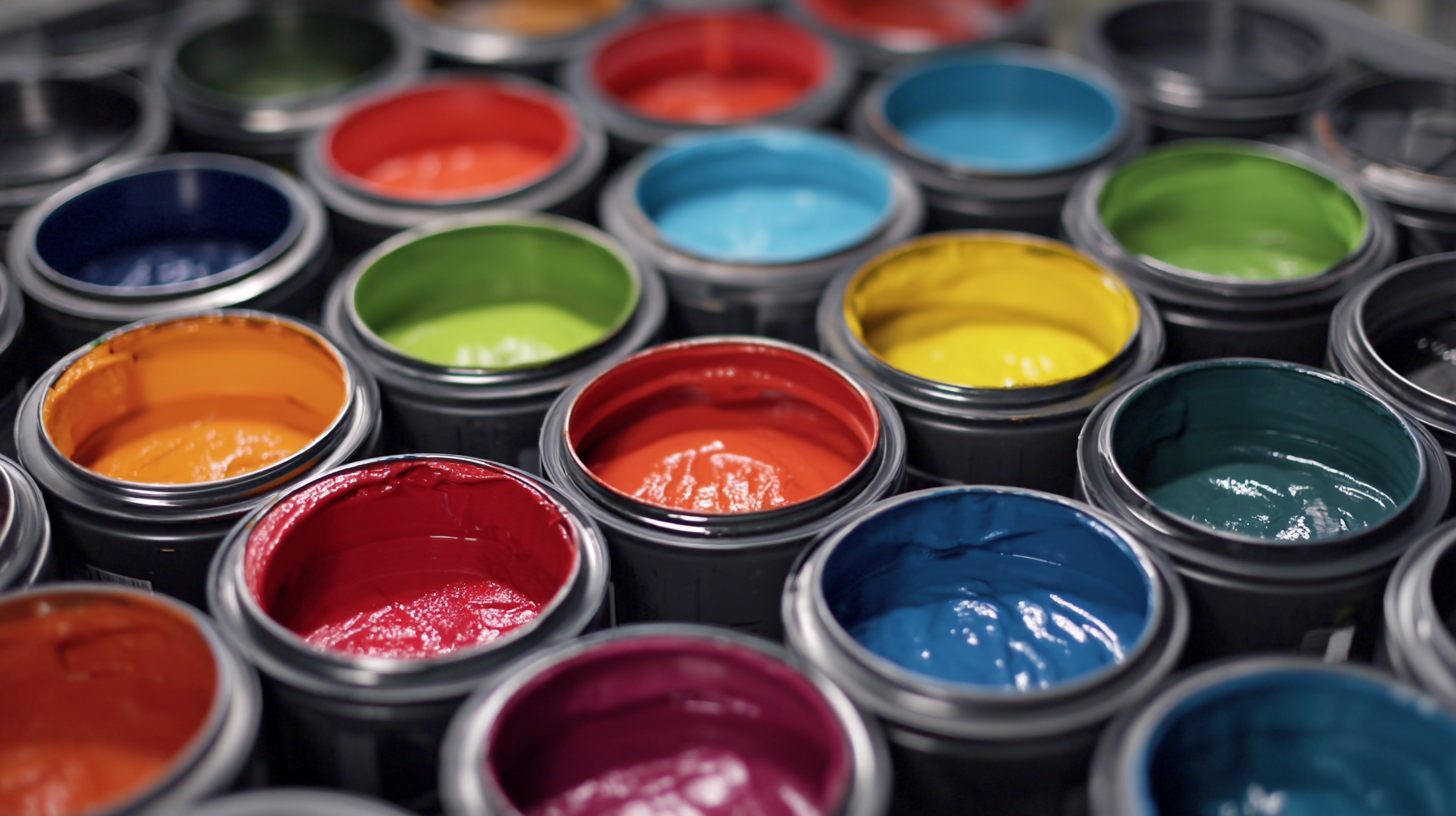
Powder coating has become increasingly popular in various industries due to its numerous advantages over traditional liquid coatings. One of the key benefits is its superior durability; powder-coated surfaces are more resistant to chipping, scratching, and fading, which significantly enhances product longevity. A study revealed that powder coatings can increase the lifespan of coated products by up to 50%, reducing the need for frequent repairs or replacements and ultimately driving down long-term costs for manufacturers.
Additionally, powder coating offers a more environmentally friendly solution compared to liquid coatings. Unlike liquid paints that often contain volatile organic compounds (VOCs), powder coatings are typically solvent-free, resulting in lower emissions and environmental impact. Statistics show that using powder coatings can reduce VOC emissions by up to 90%, making them a more sustainable choice for modern industries focused on reducing their carbon footprints. These advantages not only contribute to improved product quality but also align with increasing regulatory demands for greener manufacturing processes.
| Advantages | Powder Coating | Liquid Coating | Statistical Difference |
|---|---|---|---|
| Durability | Excellent resistance to chipping, scratching, and fading | Less resistant to wear and tear | 30% more durable |
| Environmental Impact | Solvent-free and low VOC emissions | Higher solvent content | Up to 90% less VOC |
| Application Process | Electrostatic application provides uniform coverage | Requires multiple coats to achieve similar coverage | 15% faster application time |
| Finish Variety | Wide range of colors and textures available | Limited texture options | 50% more color options |
| Cost Efficiency | Lower material usage with less waste | Higher wastage during application process | 20% cost savings |
Powder coating has emerged as a preferable finishing technique in many modern industries, particularly due to its environmental benefits. One of the most significant advantages of powder coating is its reduction of volatile organic compound (VOC) emissions. Unlike traditional liquid coatings that release harmful VOCs during application and drying, powder coatings are primarily made of solid particles. This not only minimizes air pollution but also enhances the safety of workers involved in the application process.
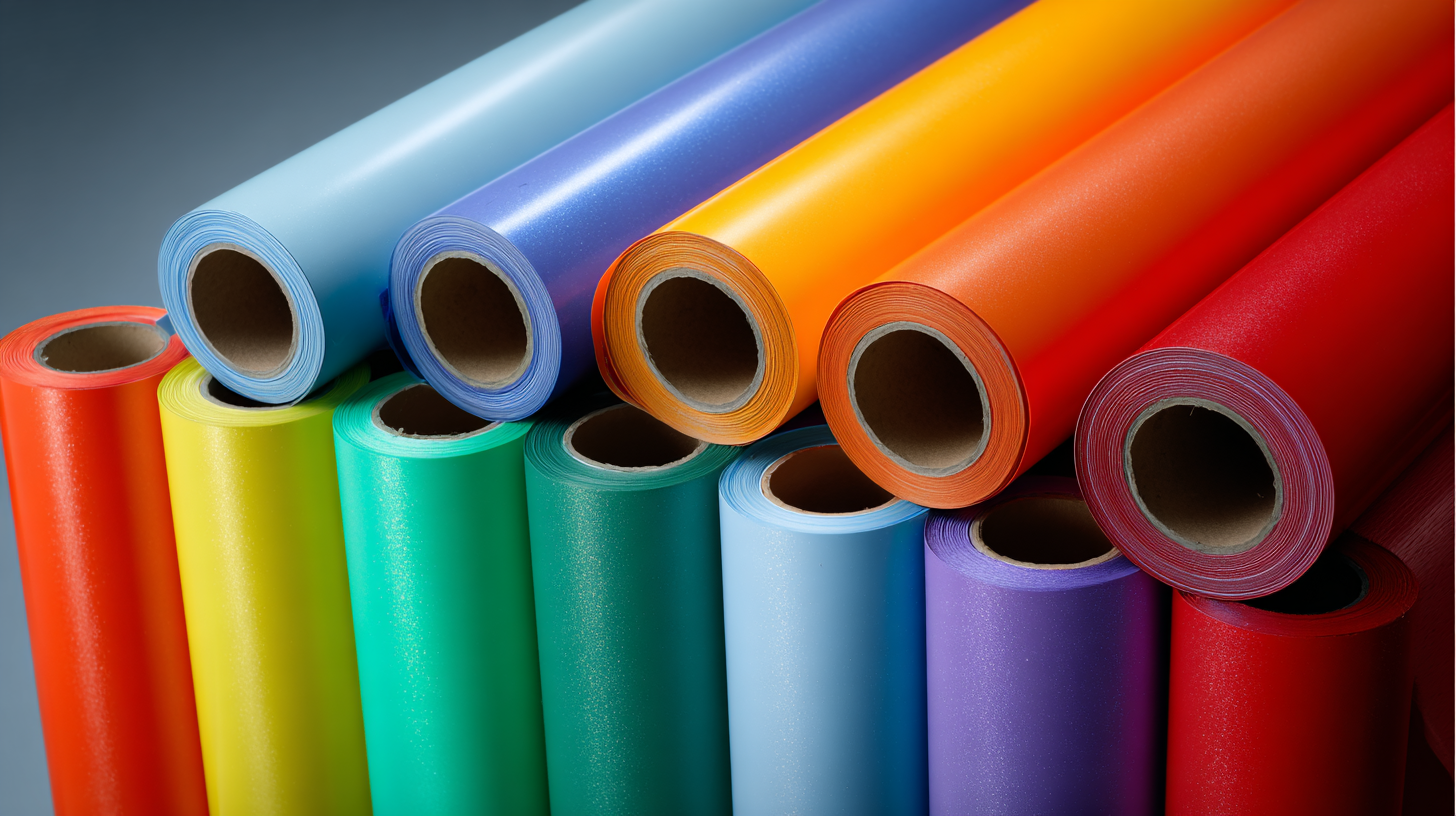
In addition to reduced VOC emissions, powder coating also promotes sustainability through its efficient use of resources. The process produces less waste compared to conventional methods, as any overspray can be collected and reused, leading to better material conservation. Furthermore, powder-coated products often exhibit enhanced durability and corrosion resistance, extending their lifespan and reducing the need for frequent replacements. This longevity contributes to a more sustainable approach in industries where durability is paramount, ultimately aligning with broader environmental goals.
Powder coating has emerged as a vital finishing technology across various modern industries, driven by its superior durability and environmental benefits. According to a report by Research and Markets, the global powder coating market was valued at approximately $12 billion in 2021 and is expected to grow at a CAGR of 6.5% from 2022 to 2028. This growth reflects an increased adoption of powder coating in sectors such as automotive, architecture, and consumer goods, making it a preferred choice for manufacturers seeking both quality and sustainability.
One of the noteworthy applications of powder coating is in the automotive industry, where it not only enhances the aesthetic appeal of vehicles but also offers exceptional protection against scratches, chips, and corrosion. Moreover, the architectural sector increasingly utilizes powder coating for building materials and façades to ensure longevity and reduce maintenance costs. The coatings' resistance to UV rays and chemicals further drive its demand, aligning with current trends towards sustainability and energy efficiency.
**Tips:** When considering powder coating for your products, it's essential to assess the specific environmental conditions they'll face. Additionally, opt for powder coatings that are free of volatile organic compounds (VOCs) to enhance workplace safety. Lastly, stay updated on industry trends and improvements; attending trade shows and reading industry publications can provide valuable insights into the latest innovations in powder coating technology.
When choosing the right powder coating for industrial applications, it is essential to consider various types, finishes, and performance metrics that align with specific project requirements. According to a report by the Powder Coating Institute, powder coatings achieve a film thickness of 3-8 mils, which contributes to improved durability and resistance compared to traditional liquid coatings. The most common types of powder coatings include thermoset and thermoplastic, each offering unique benefits; thermoset coatings, for instance, are known for their superior hardness and chemical resistance, while thermoplastic coatings provide flexibility and ease of repair.
Finishes are also crucial in the selection process, as they can significantly influence both aesthetics and performance. Options range from textured to glossy or matte finishes, with textured coatings offering enhanced hide and scratch resistance, making them suitable for high-traffic areas. Performance metrics, including adhesion, flexibility, and corrosion resistance, should guide your choice. The latest industry standards suggest that a well-applied powder coating can achieve over 1,000 hours of salt spray resistance, showcasing its suitability for outdoor applications. By carefully assessing these factors, industries can optimize their powder coating choices to enhance product longevity and visual appeal.
